
Tesla has been hit with multiple lawsuits after fatal crashes involving its vehicles. In November 2024, a Tesla Model S crashed in Wisconsin, leaving five people dead. The tragedy has been linked to Tesla’s electronic door handles, which allegedly failed during a fire, trapping the occupants inside.
911 calls describe harrowing scenes of people screaming from inside the burning vehicle. This incident has sparked a broader investigation into Tesla’s design. The National Highway Traffic Safety Administration (NHTSA) has received more than 140 complaints regarding Tesla’s door handle failures since 2018.
Tesla’s Electronic Door Design Under Scrutiny
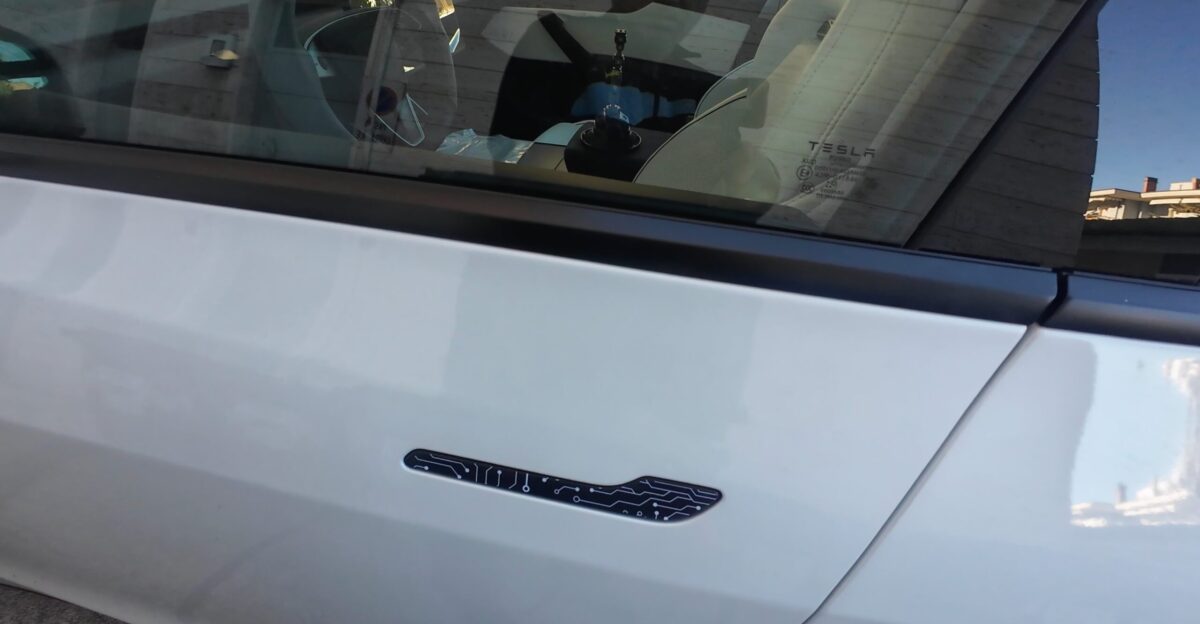
Tesla’s shift to electronic door handles is a major departure from century-old automotive safety standards. Traditional mechanical door handles operate independently of electrical power, requiring minimal force to open. In contrast, Tesla’s flush-mounted electronic handles rely on battery power, with multiple electrical components.
The design, which includes hidden manual releases, has raised concerns about its safety, particularly in emergency situations. In 2024, Tesla faced over 4.44 million recalls, placing the company among the top automakers for recalls alongside Stellantis and Ford. One in four cars on U.S. roads are under active recall.
The Wisconsin Tragedy and Lawsuit

The crash of a 2016 Tesla Model S in Verona, Wisconsin, has drawn attention due to the electronic door system’s alleged failure. The vehicle collided with a tree and caught fire. All five passengers, including Jeffrey and Michelle Bauer, Josh and Tammy Stahl, and Barry Sievers, died.
The lawsuit filed by the Bauers’ children alleges that the electronic door system trapped the occupants inside the burning vehicle, highlighting serious safety concerns with Tesla’s design. According to the lawsuit, Tesla was aware of the risks associated with its electronic door handles but disregarded consumer safety.
Community Impact and Shockwaves
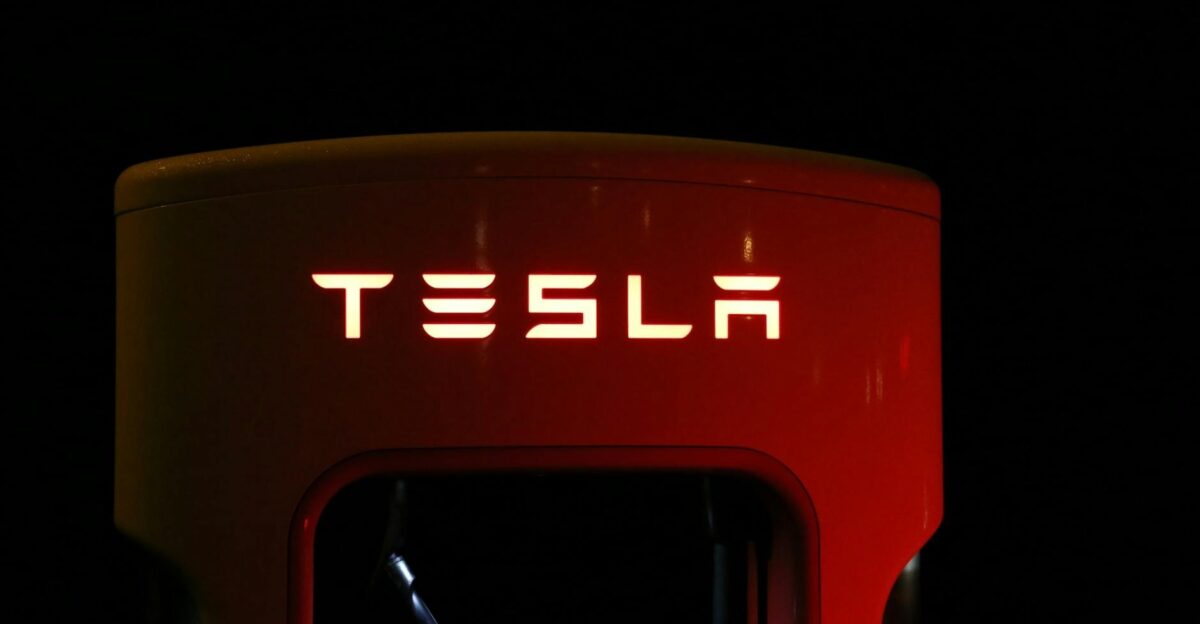
The victims in the Wisconsin crash were active advocates for Type 1 diabetes research. Michelle Bauer had written a book after her son’s death from the disease, while Josh and Tammy Stahl dedicated years to fundraising for diabetes research.
Their tragic deaths have sent shockwaves through Wisconsin’s diabetes advocacy community. The loss has been deeply felt by many who worked with them on various charitable initiatives. The complaint argues that the company failed to act on prior incidents involving similar issues.
California’s Similar Incident
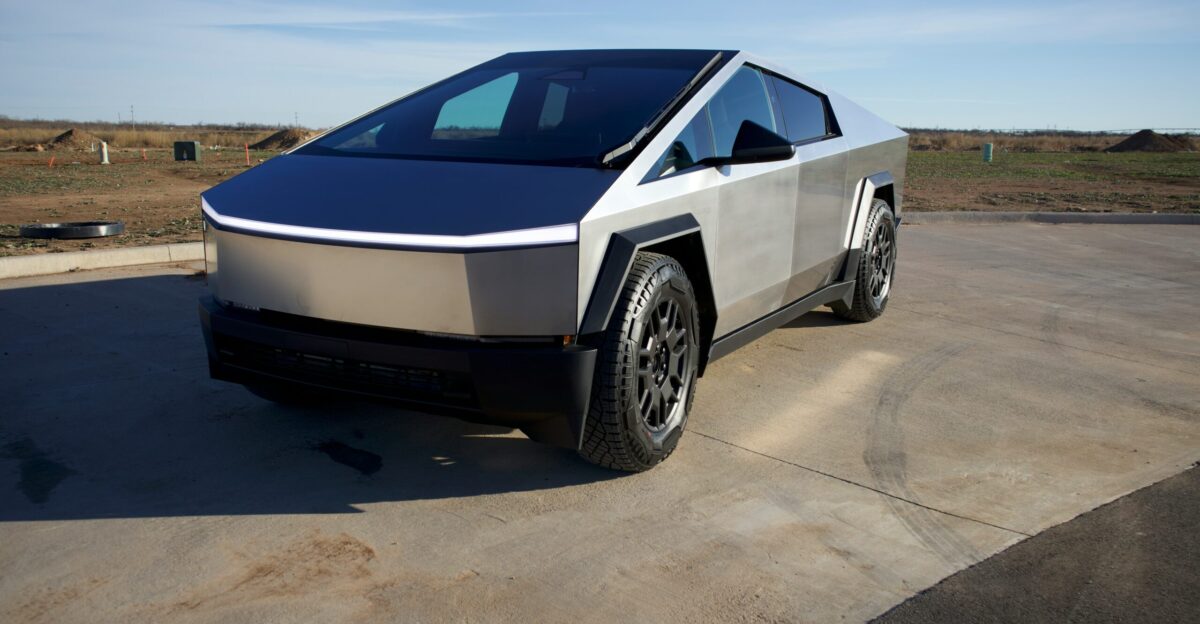
Approximately three and a half weeks after the Wisconsin crash, a Tesla Cybertruck in Piedmont, California, crashed and caught fire, killing three college students. The victims were unable to escape the burning vehicle.
The families of the victims filed lawsuits alleging that Tesla’s failure to provide an accessible manual release mechanism led to the deaths. One survivor was rescued by a friend who broke the vehicle’s window. This second tragedy intensified scrutiny of Tesla’s door handle design.
Tesla’s Hidden Manual Door Mechanism
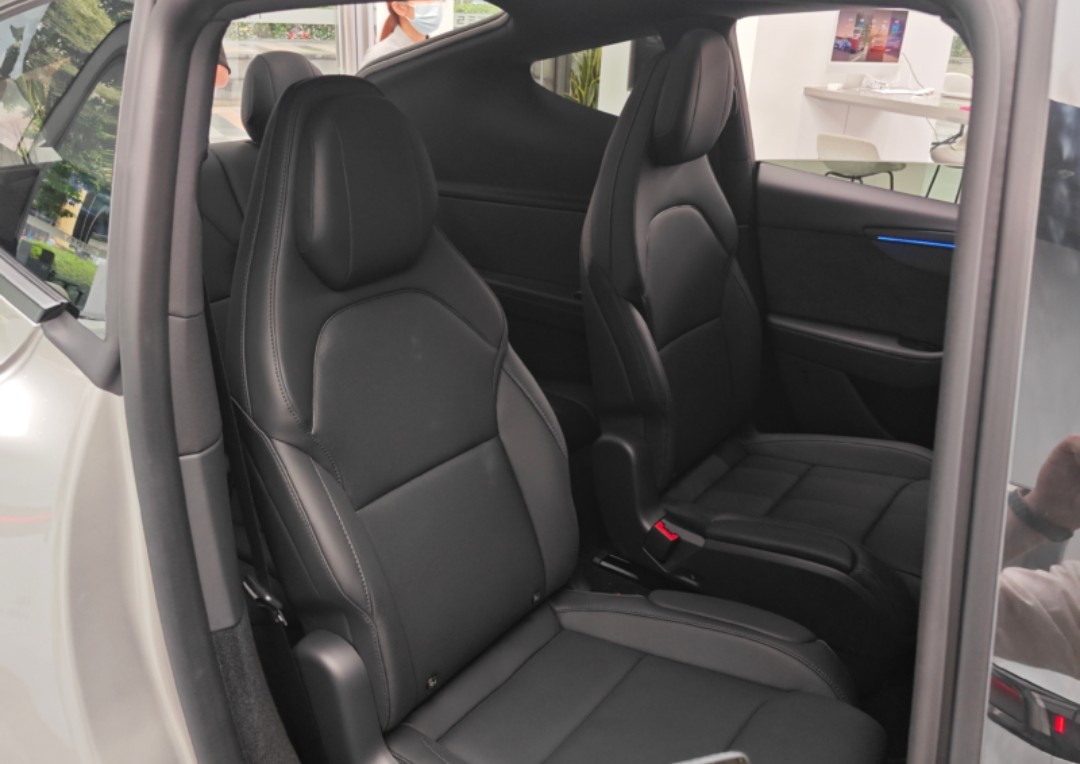
Tesla’s rear seat manual door release mechanism has been criticized for being hidden under the carpet, requiring passengers to lift the carpet and locate a metal tab to open the door. This design has been described as non-intuitive and unsafe, particularly in emergency situations.
Critics argue that this departure from traditional automotive safety standards increases the risk of entrapment during accidents. The design requires knowledge of the hidden mechanism, which most passengers lack during emergencies when seconds matter most.
European Regulatory Concerns Grow

Regulators in Europe have heightened concerns over Tesla’s door handle design after a fatal crash in Germany in September 2025. In the crash, a family was trapped inside a burning Tesla, leading to the deaths of three individuals.
European Transport Safety Council officials have called for immediate action, stating that the failure to open doors during a fire or emergency could cost lives. Other regulators, including those in South Korea and Germany, have joined the call for safety reforms.
European Transport Safety Council’s Urgent Appeal
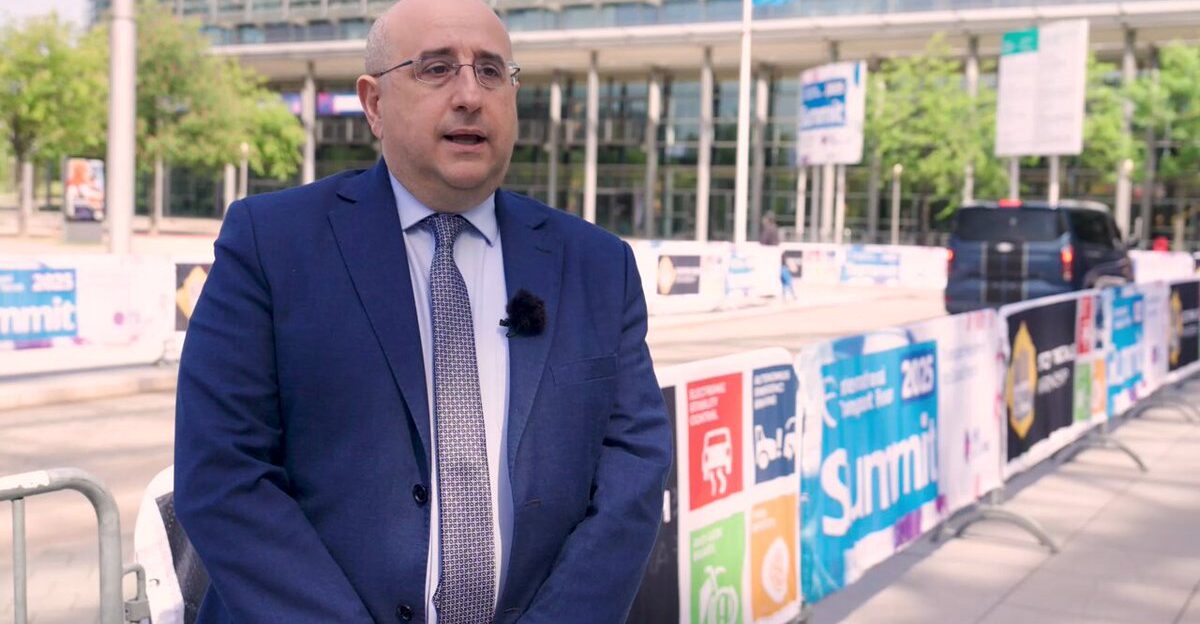
Antonio Avenoso, Executive Director of the European Transport Safety Council, emphasized the severity of the issue, stating that people are dying because they cannot escape from their vehicles when every second counts.
Regulators have raised concerns about gaps in current vehicle safety regulations regarding door accessibility during emergencies such as fires or submersion. This gap in regulations has prompted international calls for stricter safety standards across multiple countries.
A Cross-Continental Problem
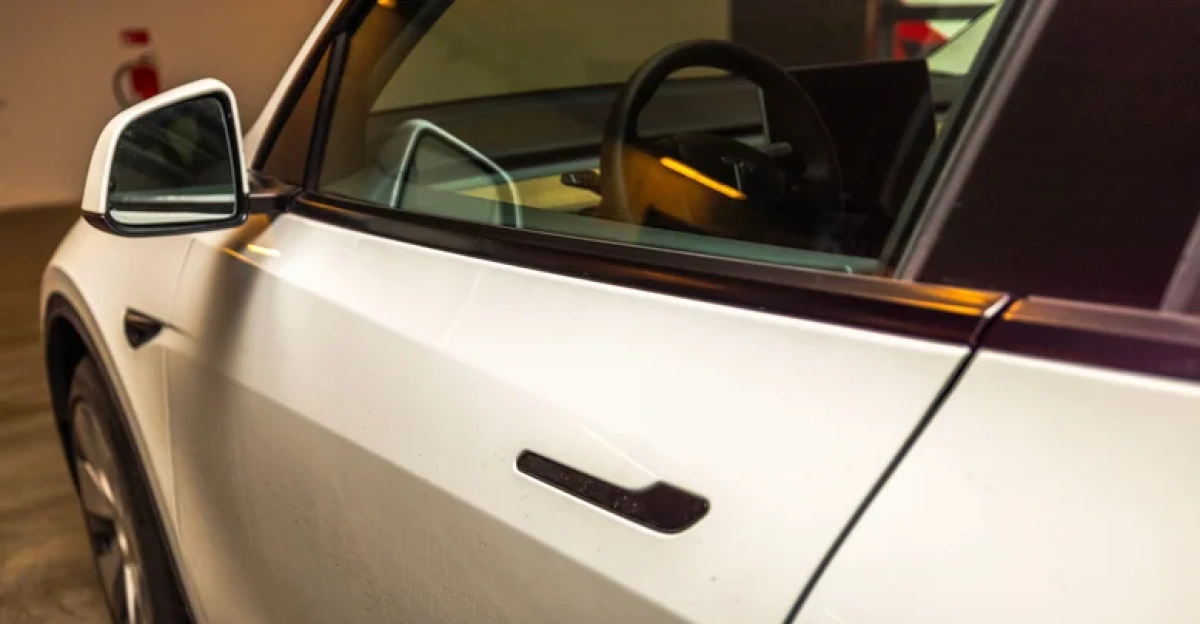
The safety issues with Tesla’s door handles are not limited to the U.S. or Europe. South Korean regulators have raised concerns at United Nations vehicle standards meetings, and China is considering a ban on fully concealed door handles.
Tesla’s design has prompted legal action across the globe, with victims in multiple countries filing lawsuits for wrongful deaths linked to door handle failures. The problem spans continents and continues to raise questions about global safety standards.
Expanded Investigation into Tesla Vehicles

In response to mounting safety concerns, NHTSA expanded its investigation into Tesla’s door handle failures, including models from 2017 to 2022. The investigation, which initially focused on the 2021 Model Y, now includes the Model 3 and other Tesla vehicles.
The agency is seeking data on consumer complaints, crashes, fires, and injuries linked to the door handles, which could lead to further regulatory actions. The expanded scope demonstrates the growing seriousness of federal oversight.
Tesla’s Design Chief Responds
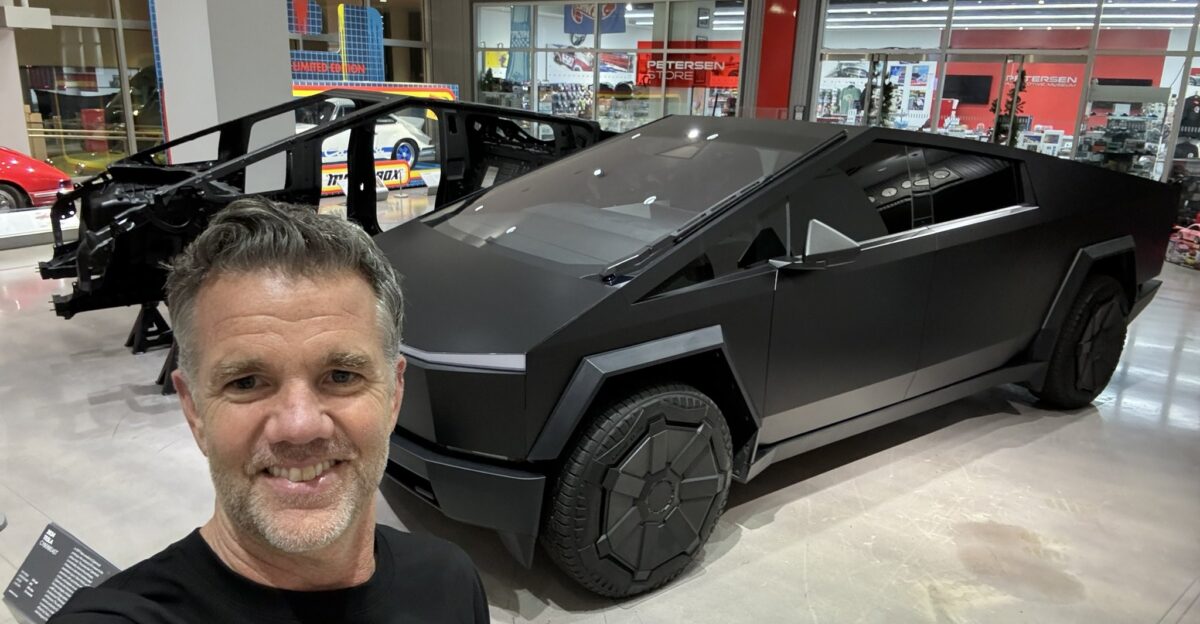
Tesla’s design chief, Franz von Holzhausen, acknowledged the safety concerns in a podcast interview in September 2025. He explained that Tesla is working on a new design that will combine electronic and manual releases into one button.
This design aims to address the issues of accessibility during emergencies by providing a more intuitive release mechanism. However, there is no clear timeline for when this redesign will be implemented or deployed to existing vehicles.
Industry Response to Safety Concerns

In response to safety concerns, Rivian, a competitor to Tesla, announced that it would redesign the rear door handles on its upcoming R2 SUV. The new design will ensure manual release mechanisms are more accessible and visible, addressing concerns identified in Tesla’s design.
The company aims to make emergency exits more intuitive for passengers. This proactive response by competitors highlights the industry-wide implications of Tesla’s door handle controversies and the pressure for improved safety standards.
The Challenge of EV Fires

Electric vehicle (EV) fires, particularly those involving lithium-ion batteries, burn significantly longer than traditional gasoline fires. While gasoline fires typically can be extinguished in around 30 minutes, EV fires can last several hours, requiring thousands of gallons of water to put out.
This presents a unique challenge for firefighters, especially when the fire involves the vehicle’s battery. EV fires are becoming an increasingly serious concern in the automotive industry, making quick escape from burning vehicles even more critical.
The Growing Liability for Tesla
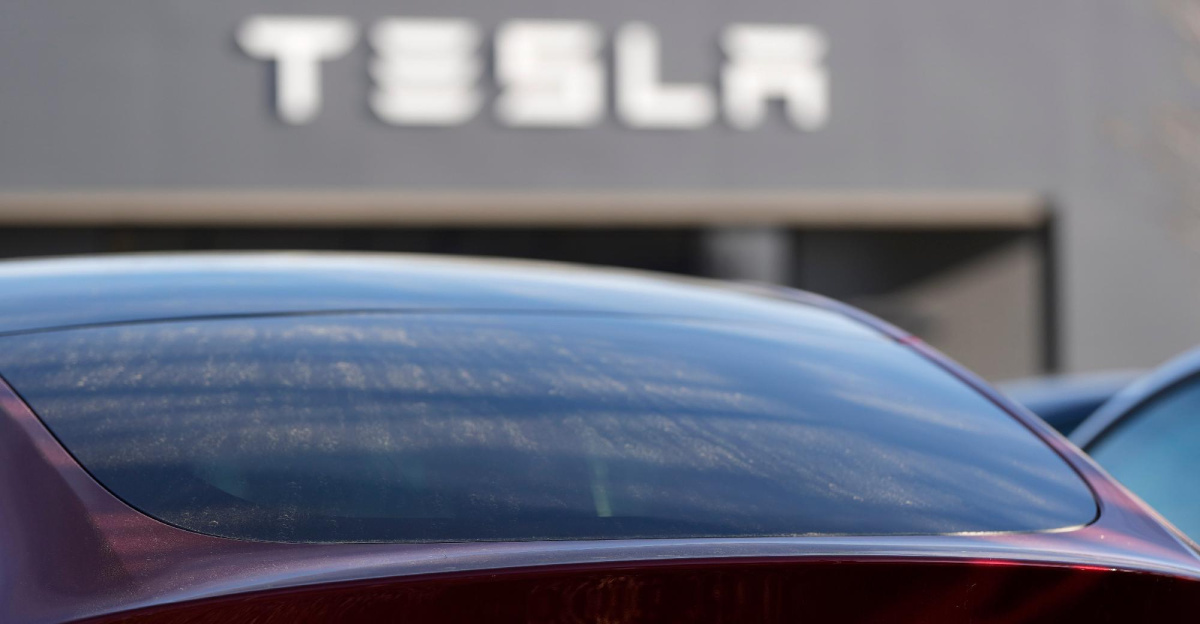
Tesla is facing significant financial and legal consequences due to the alleged failure of its door handle design. Wrongful death lawsuits in the automotive industry typically result in settlements ranging from $500,000 to $3.5 million, depending on the circumstances.
However, the lawsuit filed in Wisconsin is seeking both compensatory and punitive damages, sending a clear message to the company about the potential financial fallout from this safety issue. Multiple simultaneous lawsuits could substantially increase Tesla’s liability exposure.
The Future of Tesla’s Door Design

As the lawsuits, investigations, and regulatory pressures mount, Tesla faces a critical crossroads. Will the company redesign its door handles to address these serious safety concerns before more lives are lost?
Or will the mounting legal and regulatory pressure force the industry as a whole to rethink the design of electric vehicle doors? The ongoing scrutiny may force the company to reconsider its approach to vehicle safety and prioritize life-saving features.